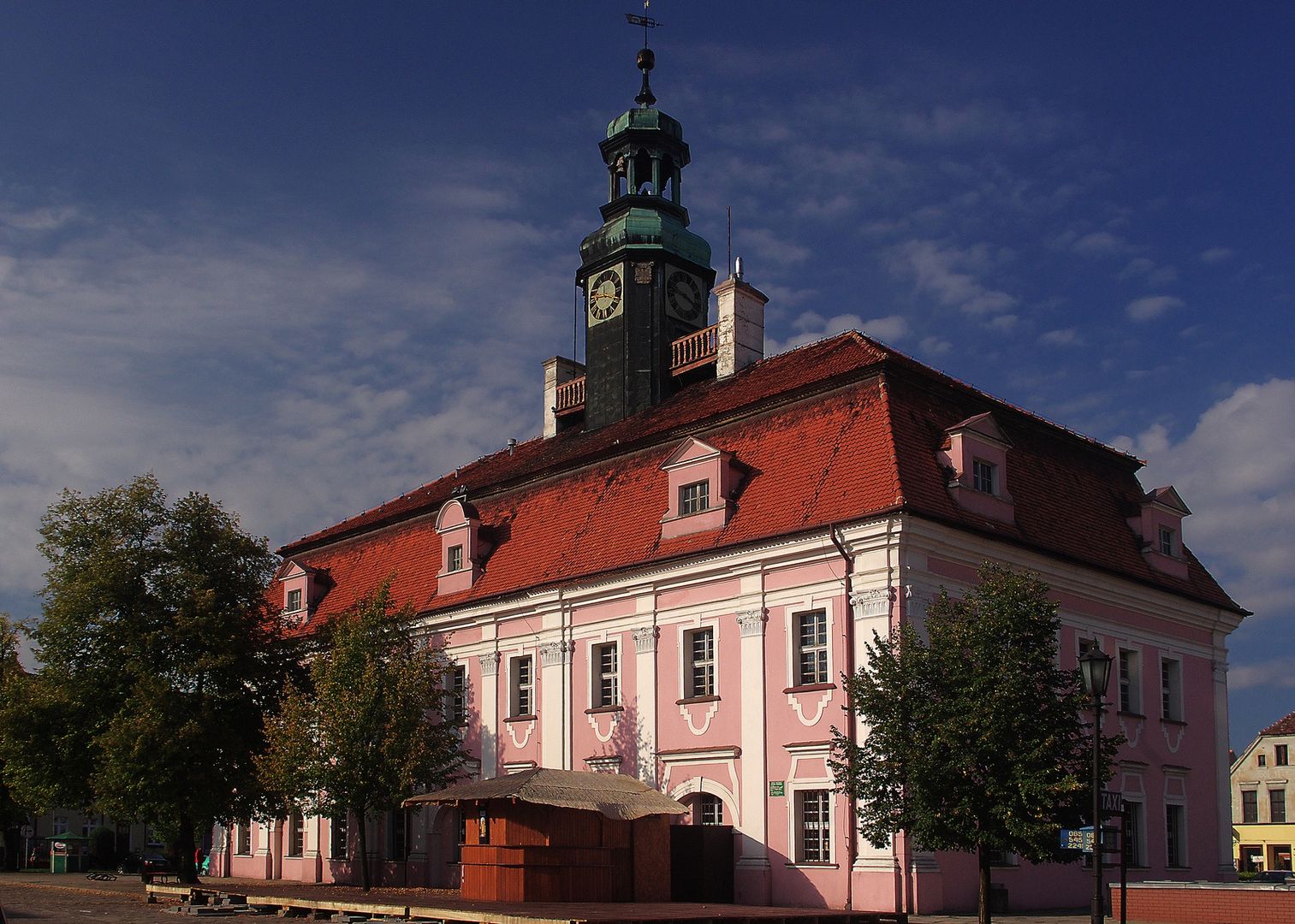The Town Hall in Rawicz
6.84

Overview
The Rawicz Town Hall, built between 1753 and 1756, is an example of Baroque architecture located in the heart of the city's market square. Its history dates back to the time of the Swedish Deluge, when the original wooden town hall burned down. Work on the new building began in 1753 on the initiative of Katarzyna Sapieha née Opalińska, who commissioned the design of the town hall to architect Leopold Ostritz. A golden sphere containing documents, placed in the tower in 1754, was discovered at the end of the 19th century. In 1783, the town hall gained fame for installing the first lightning rod in Poland, although an earlier installation had taken place in Żagań in 1769. The building served as the seat of the magistrate and also housed a customs office, a prison, and a city scale, making it the center of urban life in Rawicz. The city authorities operated from the town hall until the 1970s, and after subsequent renovations in 1974, it became the seat of the Museum of the Rawicz Land. The interior of the building features barrel vaults with lunettes, and the first floor houses the Civil Registry Office. The façade of the town hall is divided by pilasters, and the building is crowned with a mansard roof and a clock tower. An interesting detail are the coats of arms of the founder and the city displayed on the façades. The town hall also commemorates the events of Bloody Friday in 1921, as highlighted by a plaque on the southern wall. The building has been protected as an immovable monument since 1965. In a cultural context, the town hall is not only a historical site but also a center of local culture, where works by the renowned local painter Gottlob Siegemund Knoefvel are exhibited.
Location
2025 Wizytor | All Rights Reserved